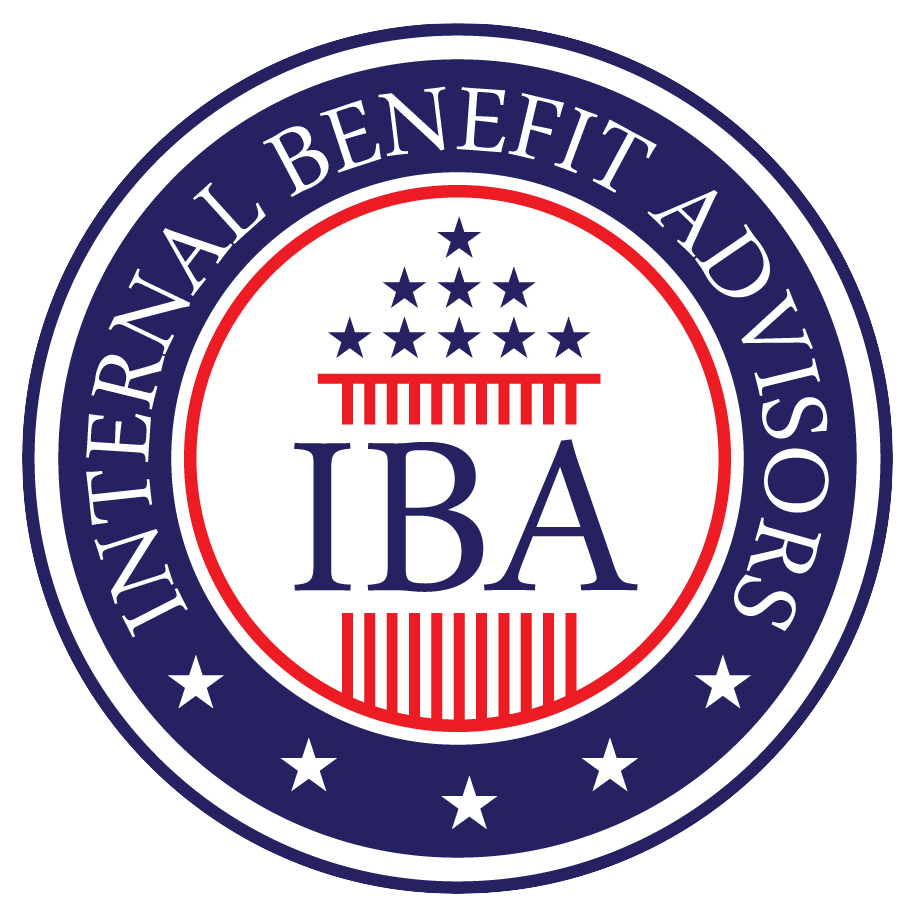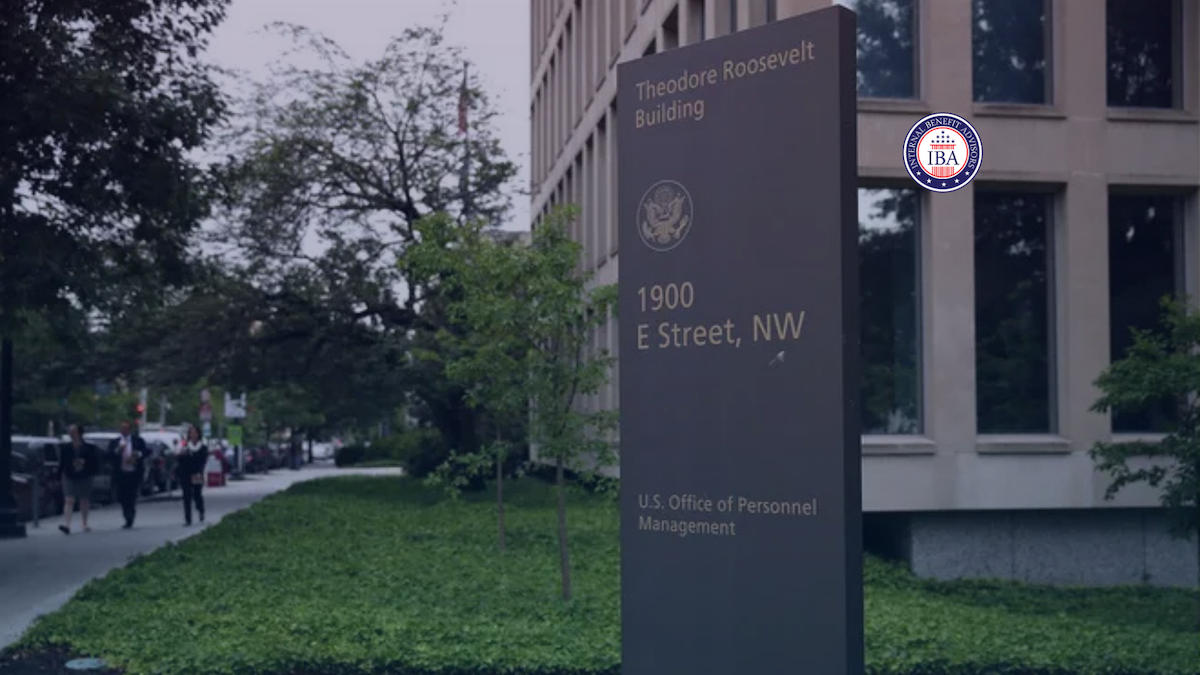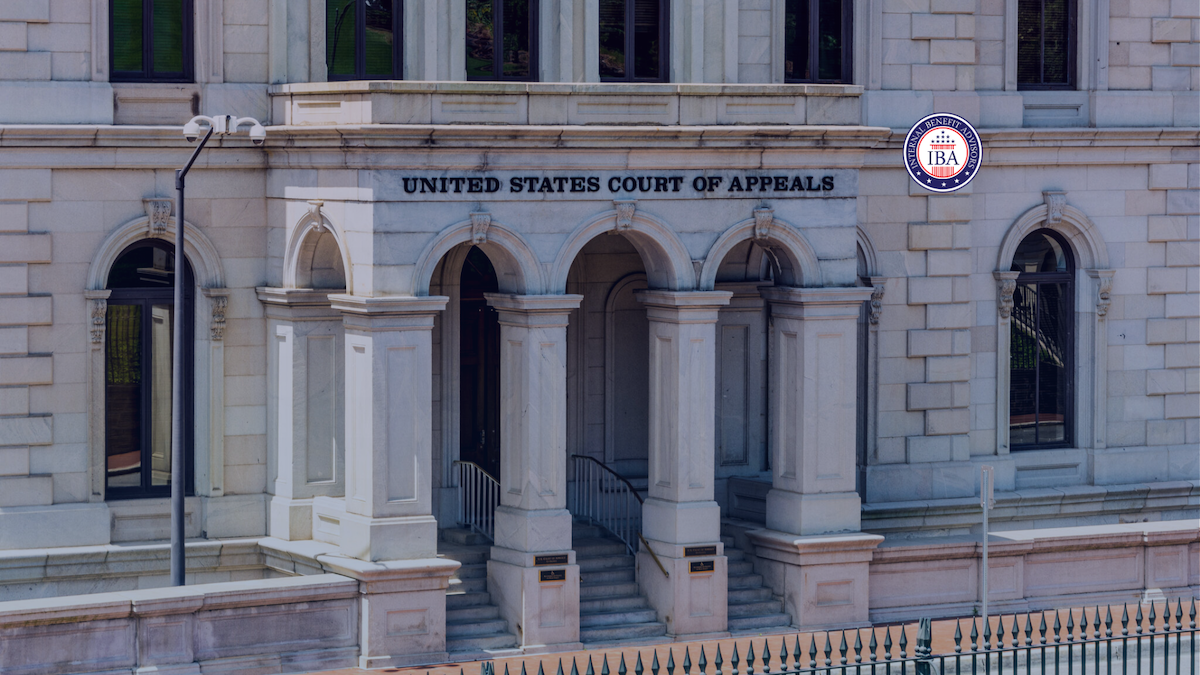The $182,000 Retirement Date Decision: Why Your Separation Timing Impacts Everything from FERS Annuity to TSP Withdrawals
Selecting your federal retirement date isn’t just picking a day on the calendar—it’s a complex financial decision with six-figure consequences for your FERS annuity, TSP growth, and healthcare benefits. According to FedWeek’s analysis (source), strategic timing can increase lifetime benefits by 15-28%. Here’s why partnering with a Federal Retirement Specialist is critical to maximizing your hard-earned benefits.
4 Critical Factors in Federal Retirement Date Selection
| Timing Factor | Financial Impact | Advisor Optimization Strategy |
|---|---|---|
| Leave Balance Payout | Up to 6 months’ salary tax burden | Strategic use-or-cashout planning |
| Annuity Commencement | 5-10% FERS increase with perfect timing | High-3 salary lock analysis |
| TSP Withdrawal Sequencing | $120k+ difference in tax efficiency | Roth conversion window targeting |
| FEHB-Medicare Handoff | $8k/year savings with proper alignment | 5-month buffer planning |
For Federal Employees, choosing a retirement date is one of the most impactful financial decisions you will make. It is far more than simply picking your last day of work; it’s a strategic choice that can directly influence the size of your final paycheck and the start date of your annuity payments. A difference of even a single day can cost you thousands of dollars.
Understanding the three key timing factors—your annuity start date, your annual leave payout, and your sick leave credit—is essential for maximizing your Retirement Benefits.
1. The Annuity Start Date: The “End of the Month” Rule
When your first pension check arrives is directly tied to the date you retire, and the rules are different for FERS and CSRS employees.
- For FERS Employees: Your annuity begins on the first day of the month after you retire. For example, if you retire on November 15, your annuity will not start until December 1. This means you would have no income from the 16th to the 30th of November. However, if you retire on November 30, your annuity still begins on December 1, creating a seamless income transition. The optimal strategy for FERS employees is almost always to retire on the last day of a month.
- For CSRS Employees: Your annuity begins the day after you retire. This provides more flexibility, but retiring at the end of a month or the end of a pay period still provides a clean administrative break.
2. Maximizing Your Annual Leave Payout: The “End of the Year” Strategy
When you retire, you receive a lump-sum payment for all of your unused annual leave hours. Strategic timing can significantly increase this payout.
- The “Use or Lose” Rule: Most federal employees can carry over a maximum of 240 hours of annual leave into a new year. Any hours above this limit are forfeited if not used.
- The Payout Maximization Strategy: The only time you can receive a payout for more than your 240-hour carryover limit is at retirement. By retiring at the very end of the leave year (which is typically in early January), your lump-sum payment will include your maximum carryover balance (e.g., 240 hours) plus all of the annual leave you accrued during that final year. This is the only way to get paid for your “use or lose” hours.
3. Turning Sick Leave into Service Time
Unlike annual leave, your unused sick leave is not paid out in a lump sum. Instead, it is converted into additional creditable service time, which permanently increases your FERS or CSRS annuity payment for the rest of your life.
- The Conversion Formula: OPM uses a 2,087-hour work year to convert sick leave into service time. Every hour you’ve saved contributes to this calculation. For example, if you have 2,087 hours of unused sick leave, a full year is added to your service time for the pension calculation.
- Every Hour Counts: Even partial amounts matter. Any leftover hours that don’t add up to a full year are converted into months and days of service. The closer you can get to a full-month increment, the more value you extract from your sick leave balance.
Why Generic Calculators Fail Federal Employees
The Hidden Date-Sensitive Variables
- Service Episodes Calculation
- Military buyback timing
- Part-time service credits
- Breaks in service impact
- The “Month-of” Annuity Quirk
- FERS calculations exclude partial months
- Retiring June 30 vs. July 1 creates 11-month gap
- Pay Period Landmines
- 26 vs. 27 pay period years
- Leave accrual cutoff dates
*”We recently saved a GS-14 client $4,200/year for life simply by shifting their retirement date 11 days—something no online calculator would detect.”* – Michael T., Senior Benefits Strategist at Internal Benefit Advisors
The Advisor Advantage: 5 Ways Specialists Transform Retirement Outcomes
1. FERS Annuity Maximization
- High-3 Optimization: Targeting salary boosts before separation
- COLA Timing: Aligning with January adjustments
- Supplement Protection: Avoiding earnings limit traps
2. TSP Liquidation Engineering
- Withdrawal Sequencing: Coordinating with pension start dates
- Roth Conversion Windows: Exploiting low-income years
- Contribution Timing: Final paycheck strategies
3. Healthcare Transition Mastery
- FEHB-Medicare Bridge: 8-month critical path planning
- Part B Enrollment: Avoiding permanent penalties
- Long-Term Care Integration: Locking in pre-retirement rates
4. Tax Tsunami Prevention
- Lump Sum Mitigation: Spreading leave payout taxes
- IRMAA Surcharge Avoidance: Income threshold management
- State Residency Planning: Geographic tax arbitrage
5. Benefits Continuity Assurance
- Life Insurance Conversion: 31-day deadline management
- Disability Retirement Windows: Medical documentation timing
- Survivor Benefit Elections: Irrevocable date awareness
The Role of Expert Guidance
As you can see, the optimal retirement date is a complex calculation involving the calendar, pay periods, leave year-end dates, and your personal financial goals. A mistake in timing is a mistake you can’t undo.
This is where seeking external, expert advice becomes a powerful strategy. Financial professionals who specialize in Federal Benefits, like the advisors at Internal Benefit Advisors, can help you:
- Run precise calculations to identify the optimal retirement date that maximizes your lump-sum payout and minimizes any gap in pay.
- Project how different retirement dates will affect your high-3 salary and the total service time used in your pension calculation.
- Develop a holistic Federal Retirement Planning strategy that ensures all components of your benefits, including your Thrift Savings Plan (TSP), are aligned for a successful transition.
Ultimately, picking your retirement date is a critical financial decision. By understanding the rules and seeking professional guidance, you can ensure your federal career concludes with the maximum financial benefit you have earned.
References:
Don’t gamble with six-figure benefits. Claim Your Custom Date Analysis from our Federal Retirement Specialists today.




